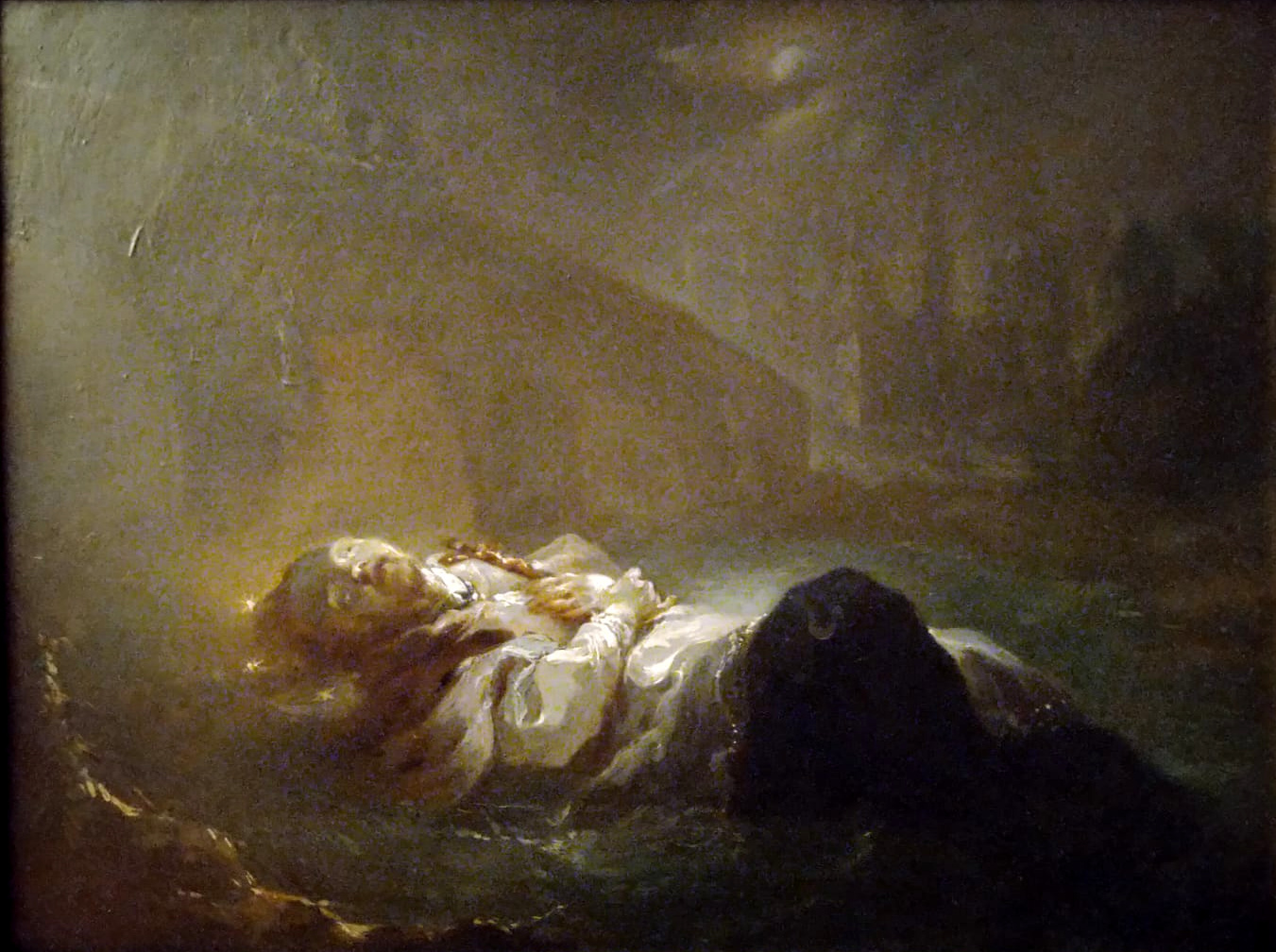Franz Xaver Palko on:
[Wikipedia]
[Google]
[Amazon]


 Franz Xaver Karl Palko (3 March 1724, Breslau - c. 1767, Prague) was a
Franz Xaver Karl Palko (3 March 1724, Breslau - c. 1767, Prague) was a
@ Czech WikiSource He never became a citizen of Prague, but stayed there for many years. Most of his works appear to have been frescoes or
More works by Palko
@ ArtNet
Brief biography
from the


 Franz Xaver Karl Palko (3 March 1724, Breslau - c. 1767, Prague) was a
Franz Xaver Karl Palko (3 March 1724, Breslau - c. 1767, Prague) was a Silesian Silesian as an adjective can mean anything from or related to Silesia. As a noun, it refers to an article, item, or person of or from Silesia.
Silesian may also refer to:
People and languages
* Silesians, inhabitants of Silesia, either a West S ...
painter; known primarily for religious scenes, although he also did portraits and engravings.
Biography
He was the son of a painter named Anton Palko (died 1754), about whom little is known. he began his studies at home, then went to Vienna, where he studied at the Academy of Fine Arts. In the 1740s, he was enrolled at the Accademia di Belle Arti di Venezia and came under the influence of Giuseppe Crespi. After returning, he worked inBratislava
Bratislava (, also ; ; german: Preßburg/Pressburg ; hu, Pozsony) is the Capital city, capital and largest city of Slovakia. Officially, the population of the city is about 475,000; however, it is estimated to be more than 660,000 — approxim ...
, Kroměříž and Brno
Brno ( , ; german: Brünn ) is a city in the South Moravian Region of the Czech Republic. Located at the confluence of the Svitava and Svratka rivers, Brno has about 380,000 inhabitants, making it the second-largest city in the Czech Republic ...
; finally settling in Dresden, where he painted fresco
Fresco (plural ''frescos'' or ''frescoes'') is a technique of mural painting executed upon freshly laid ("wet") lime plaster. Water is used as the vehicle for the dry-powder pigment to merge with the plaster, and with the setting of the plaste ...
es depicting the life of Saint John of Nepomuk.
In 1752, he was appointed a court painter for the Electorate of Saxony
The Electorate of Saxony, also known as Electoral Saxony (German: or ), was a territory of the Holy Roman Empire from 1356–1806. It was centered around the cities of Dresden, Leipzig and Chemnitz.
In the Golden Bull of 1356, Emperor Charles ...
, but moved on to Prague before a year was over, having received a commission from the Society of Jesus to paint frescoes at St. Nicholas Church. However, the Painter's Guild protested, noting that he was neither a guild member nor a citizen of Prague and was therefore undesirable. The following year, a Magistrate ruled that he could finish his work, on the grounds that being a court painter was equivalent to guild membership.Biography@ Czech WikiSource He never became a citizen of Prague, but stayed there for many years. Most of his works appear to have been frescoes or
altarpiece
An altarpiece is an artwork such as a painting, sculpture or relief representing a religious subject made for placing at the back of or behind the altar of a Christian church. Though most commonly used for a single work of art such as a painting o ...
s. At some point, he was married, as there are baptismal records for a son, Jan Xaver, dating from 1756. The mother's name is given as Marie Anna Bursch, from Saxony.
Exact information regarding his death is not available. He apparently died in Prague in 1767, although other sources indicate that he moved to Munich in hopes of becoming a court painter for the Electorate of Bavaria, but was unsuccessful and died there, in poverty, in 1770.
His brother, was also a well-known painter.
References
Further reading
* Pavel Vlček, ''Umělecké památky Prahy. Malá Strana'', Academia, 1999External links
More works by Palko
@ ArtNet
Brief biography
from the
Biographisches Lexikon des Kaiserthums Oesterreich
''Biographisches Lexikon des Kaiserthums Oesterreich'' (English, ''Biographical Encyclopedia of the Austrian Empire'') (abbreviated ''Wurzbach'' from the author's surname) is a 60-volume work, edited and published by Constantin von Wurzbach, cont ...
@ German WikiSource
{{DEFAULTSORT:Palko, Franz Xaver
1724 births
1760s deaths
18th-century German painters
18th-century German male artists
German portrait painters
Fresco painters
German emigrants to Austria-Hungary
Artists from Wrocław